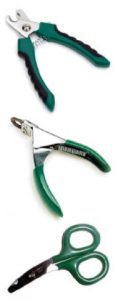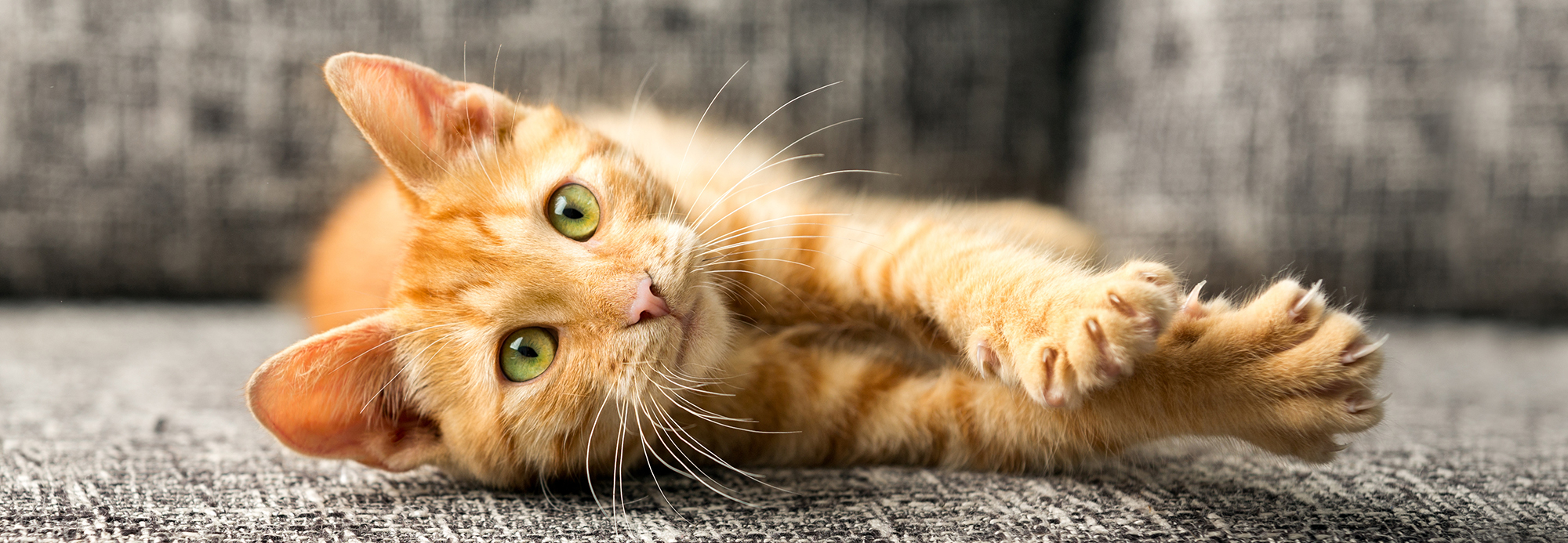Keeping your dog or cat’s nails trimmed is important—not only to keep your furniture, floors, and self from being scratched but also to prevent your pet from developing debilitating joint and paw pain due to overgrown nails. Long nails can also affect your pet’s ability to run, play, climb and use the litter box comfortably.
Types of nail trimmers
 The Safari® nail trimmers are made from the finest quality stainless steel, which gives you a long-lasting and sharp cutting edge.
The Safari® nail trimmers are made from the finest quality stainless steel, which gives you a long-lasting and sharp cutting edge.
The Professional line offers a steel guard that prevents too much nail from being trimmed, and two sizes to accommodate small through large dogs.
The Guillotine style lacks a guard and is often the preferred style for experienced nail trimmers due to its ease of use.
The small-sized trimmers are a scissor-style cutter that works wonderfully for cats, puppies, and small breed dogs with thinner nails.
Using nail trimmers
To cut your pet’s nails using nail trimmers, hold your cat or dog’s paw firmly and press on the pads to extend the nail. Do your best to locate the end of the quick—this is easiest in animals with clear or light-colored nails. If you can see the quick cut below it on a 45-degree angle, with the cutting edge of the clipper towards the end of the nail.
For dogs that have dark nails, make several thin cuts starting at the end of the nail until you can see a black dot appear in the center of the trimming. This is the beginning of the quick, where you want to stop. Regular trimming sessions once per week help the quick to recede so that even very overgrown nails can be pared back to an appropriate length over time.
Be sure to always have a jar of styptic powder on hand, as the quick that runs through the nail is not always easy to see and if cut will bleed. If the quick is nicked, dip the end of the nail into the styptic powder and it will immediately begin to clot and stop the bleeding.


